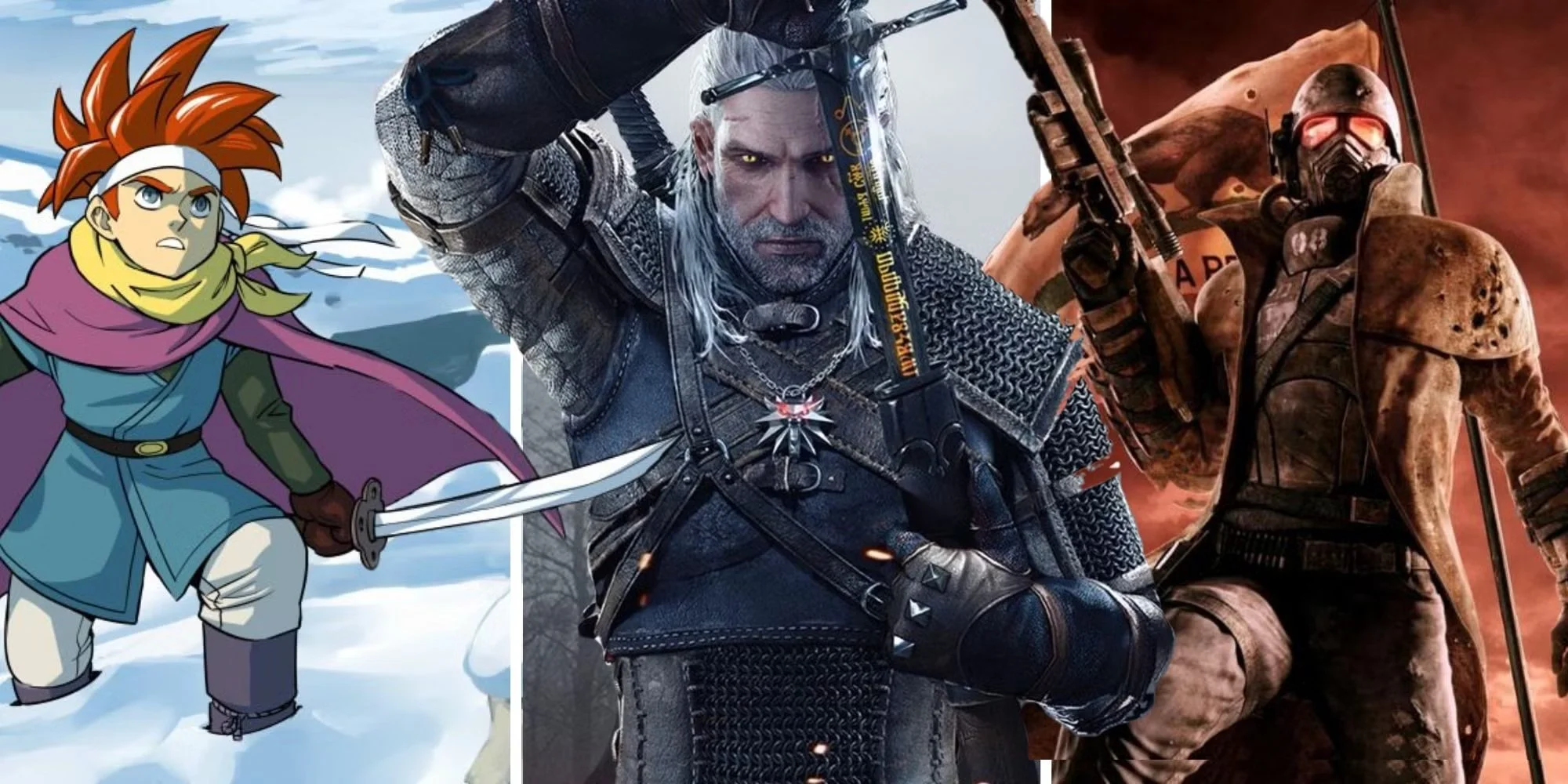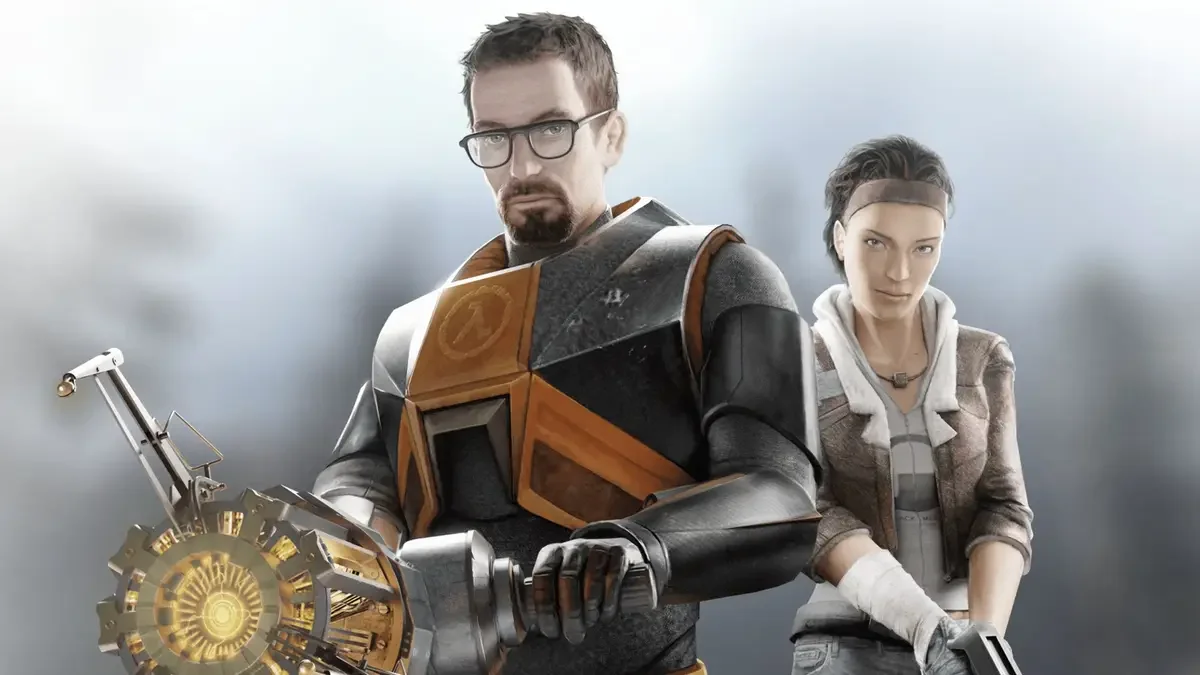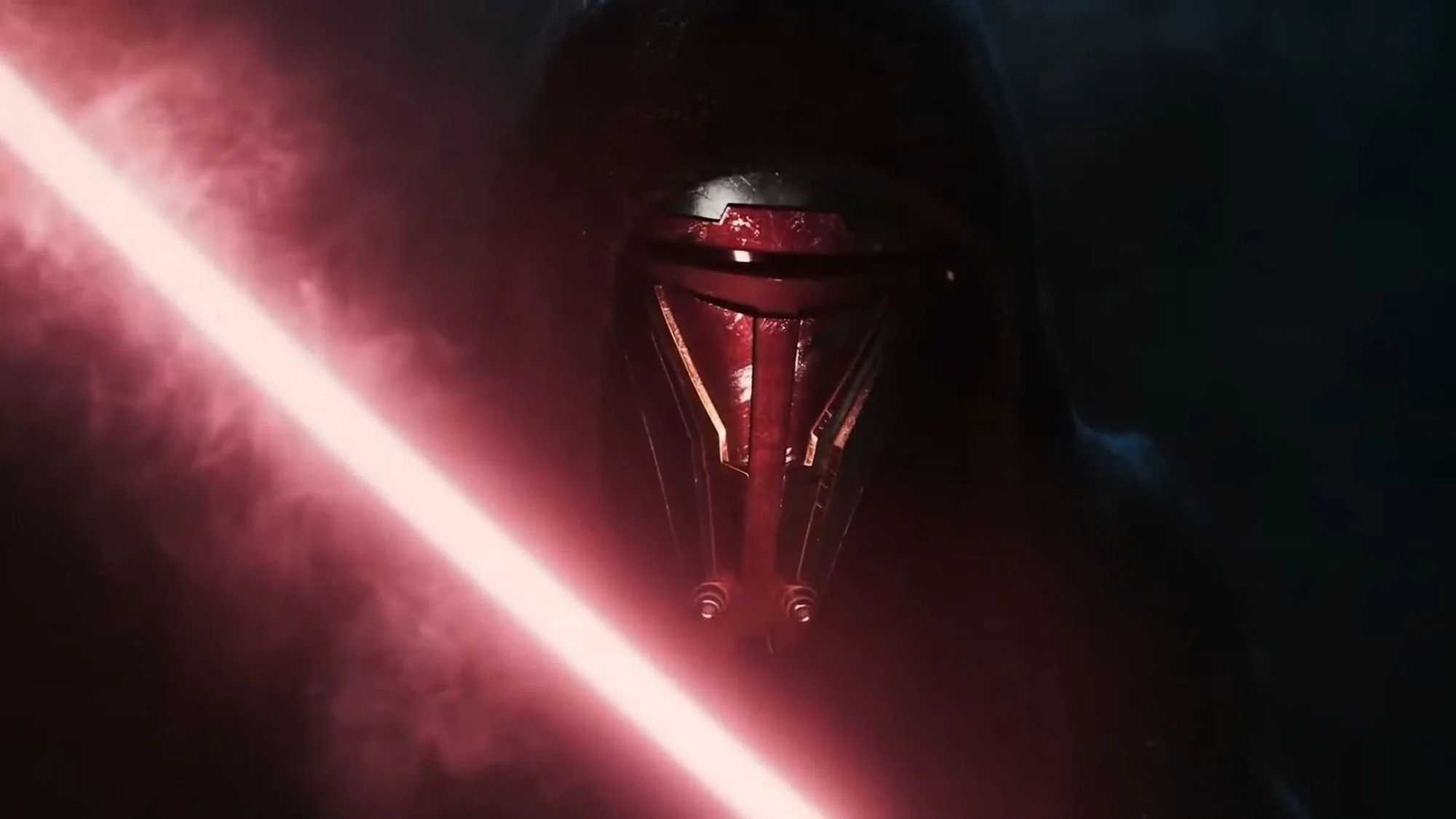The Power Of Control: How Video Games Tell Stories Differently
/By Liam Kettle
Image courtesy of Square enix, CD projekt red, bethesda
Storytelling has always been about control, who holds it, who loses it, and who gets to shape it. In most traditional media, like film or literature, that control belongs to the creator. A director decides what you see; a novelist dictates what you imagine. But video games complicate that balance. They hand some of the storytelling power to the player, giving them control over the narrative. This creates a partnership between the author and audience that no other medium can fully replicate.
In this blog, we will explore three landmark games. Half Life, Star Wars: Knight of the Old Republic, and Metal Gear Solid. These titles paved the way for many examples of the most excellent narration in video games, but they all approached storytelling differently.
Half-Life: Story by Immersion
When Half-Life launched in 1998, it broke a simple but powerful rule of first-person shooters: it refused to take control from the player. Gone were the cutscenes that yanked you from your character’s perspective. Instead, every event unfolded through the protagonist’s eyes, without ever pausing gameplay.
That decision fundamentally redefined how games could tell stories. Gordon Freeman never speaks, never emotes, and yet players form an intimate understanding of the world through pure presence. Storytelling happens in motion—through environmental details, overheard dialogue, and the chaos erupting around you.
In other media, world-building is descriptive; in Half-Life, it’s participatory. You’re not told that Black Mesa is falling apart; the player experiences it as alarms blare and scientist's panic. The result is a narrative that doesn’t just invite immersion; it demands it. The story exists only as long as you keep moving. "Half-Life is a milestone that revolutionized the genre and left a lasting impact on the gaming industry."
Image courtesy of valve
Knights of the Old Republic: Story by Choice
If Half-Life exemplifies how games can tell stories through environment and perspective, Knights of the Old Republic (KOTOR) demonstrates another uniquely interactive dimension: moral choice. BioWare’s KOTOR transformed the traditional Role-playing game (RPG) dialogue tree into a storytelling engine, letting players shape not only what happened but what kind of person they became in the process.
At its heart, KOTOR tells a classic Star Wars story of good versus evil. Redemption versus corruption. The brilliance lies in how it makes those themes tangible. Dialogue choices ripple outward, influencing relationships, quests, and even the Force itself. The player’s decisions carry narrative weight, and by the time the game reveals its famous twist, the story had already been deeply personalized by your actions.
This is where video games diverge most sharply from film or literature. In a movie, moral transformation is something you watch; in KOTOR, it’s something you perform. Every light-side or dark-side decision becomes part of the storytelling fabric, a collaborative dance between the writer’s script and the player’s will. "It's got enough Star Wars to satisfy the fans and enough pure fun to draw in people who normally wouldn't get into role-playing games."
image courtesy of bioware
Metal Gear Solid: Story by Spectacle
Hideo Kojima’s Metal Gear Solid (MGS) franchise occupies a fascinating middle ground between the cinematic and the interactive. Unlike Half-Life, MGS is unapologetically full of cutscenes. Long, dense, and self-aware, Kojima didn’t shy away from using filmic techniques; he embraced them. Pulling in dynamic camera work, tight close-ups, and voice acting that rivaled Hollywood productions of its era.
Yet Metal Gear Solid isn’t just a movie you occasionally play. Its genius lies in how it interlaces cinematic storytelling with gameplay in ways only a video game could achieve. The cutscenes demand your full attention as it directly involves gameplay, for example, when you need to escape prison, there are numerous ways to escape that are shown to you through the story.
Kojima’s approach blurs the boundary between film and interactivity. The player becomes both a spectator and a participant, forced to reconcile cinematic storytelling with tactile engagement. It’s not “less interactive” than Half-Life. It’s interactive in a different way, one that plays with the conventions of both cinema and gaming.
image courtesy of konami
These three giants proved that video game narration has a unique place and can often serve as the superior method of delivering a story. Half-Life gives you a body in a world. Knights of the Old Republic gives you a moral compass to steer. Metal Gear Solid gives you a role in cinematic performance.





